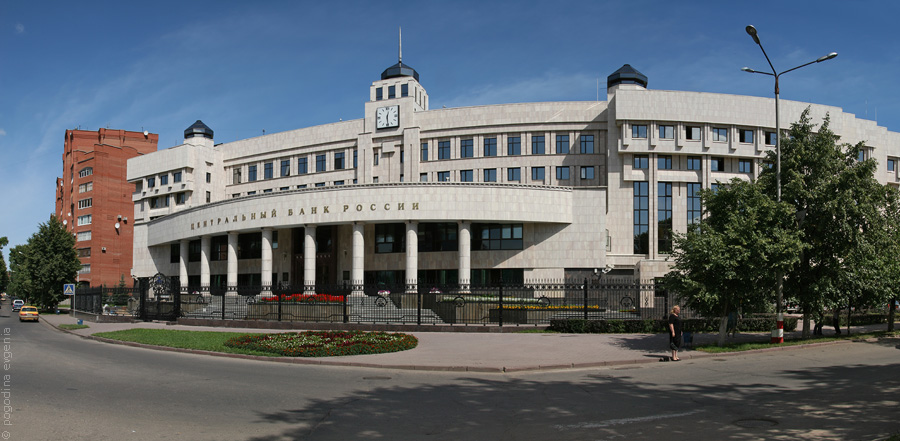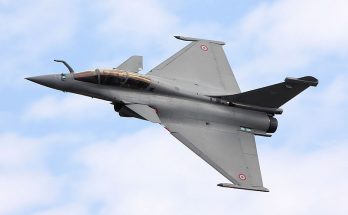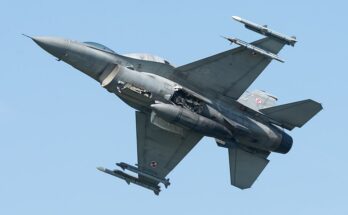
Soon after Russia launched its invasion of Ukraine in early 2022, the U.S. and E.U. moved to freeze Russia’s access to its central bank reserves held in their financial systems, impounding hundreds of billions of dollars’ worth of securities. Having taken the extraordinary step to freeze the money, governments in Europe have subsequently debated what to do with the funds, aiming to punish Moscow and support Kyiv without setting any uncomfortable precedents regarding seizure of sovereign assets.
The frozen Russian assets largely sat untouched until 2024, when the E.U. began utilizing them in limited fashion to back Kyiv. In July 2024, the E.U. announced that it would provide EUR1.5 billion to Ukraine under a loan facility repayable by interest generated on Russia’s frozen assets. Later in 2024, the G7 reached an agreement to provide $50 billion to Ukraine, disbursed under a similar structure.
As for what to do with the funds themselves, however, the E.U. largely kicked that question down the road, concerned about the practical and legal implications of going further and confiscating the frozen assets directly.
Belgian Prime Minister Bart De Wever told reporters on October 2 that Belgium could back a new loan scheme utilizing the frozen assets, if questions about its legality could be resolved and “if the risks can be manageable.” Much of Russia’s frozen money rests in Belgian banks, and Belgium fears that outright confiscation would spur capital flight, while potentially tarnishing the legitimacy of the E.U.’s financial system more broadly.
Italy, meanwhile, has raised concerns that utilizing the frozen assets themselves would prompt a legal battle with Moscow. According to a report in POLITICO published on October 10, Italian Finance Minister Giancarlo Giorgetti warned his colleagues in the E.U. that, should Moscow prevail in court or the conflict in Ukraine end, the E.U. could end up on the hook for any disbursed funds to Ukraine, adding another fiscal headache for governments like Rome that already have debt loads over 100 percent of annual economic output.
Even so, the E.U.’s major powers are warming to the idea of tapping into the Russian funds. In an opinion piece for the Financial Times published in late September, German Chancellor Friedrich Merz threw his support behind an interest-free loan to Ukraine worth EUR140 billion, backed by Russia’s frozen assets and repayable only when Russia has provided compensation to Ukraine for the war. Berlin’s support is noteworthy, considering its previous opposition to the step.
The change in stance on the frozen Russian assets comes as governments in Europe contend with the pressing need to rearm their own militaries. The turn-around in defense spending on the continent is certainly driving more money into defense projects that benefit Ukraine, including joint partnerships with the Ukrainian industry itself. But to raise defense spending, European governments are taking on greater levels of debt and cutting other areas of government expenditure, including social spending, which threatens domestic discontent.
Moreover, Europe is now expected to shoulder much more of the financial cost of supporting Ukraine as Washington curtails aid. Washington has provided over $130.6 billion in aid to Ukraine since 2022 – around half of that value in military-related support – with the bulk of that assistance coming during the Biden administration. The Trump administration by contrast has cut aid flows, preferring instead a new construct, the Prioritized Ukraine Requirements List, through which Europe ponies up the cash for the production of American arms for Kyiv.
Thus while European aid to Ukraine remains robust currently, it may become difficult to sustain in the coming years if the war continues on its present footing. Declines in European aid would have dire consequences for Ukraine, whose FY26 budget proposal projects a deficit of over 18 percent of GDP.
It has thus become appealing for the E.U. to lean more on Russia’s assets, especially as the income stream on those assets has presumably dipped over time. At the time of freezing in 2022, most if not all of the Russian assets were government bonds. By now, however, these have largely matured and are now being held as cash, with a lower yield.
No decision has been made on what to do with the frozen Russian assets to date, but, according to an October 14 Bloomberg report, an agreement could be reached soon.
Military markets analyst, covering Eurasia, Middle East, and Africa.




